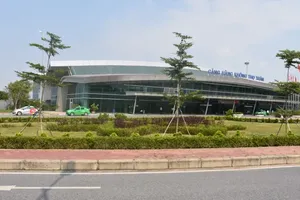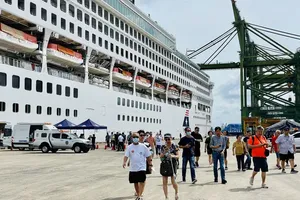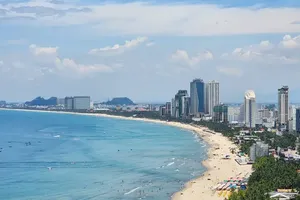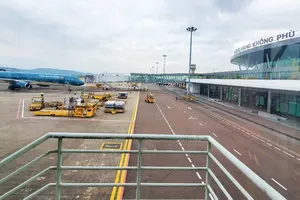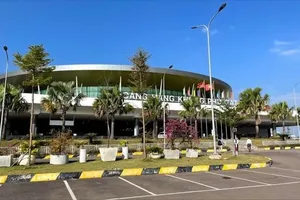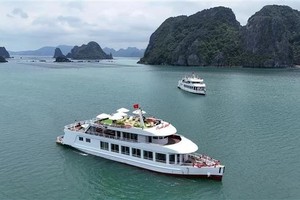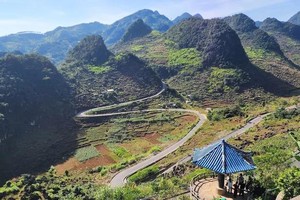Ba Be Lake is set to receive a UNESCO certificate recognising it as
The first and second Ramsar sites include the
Ba Be Lake, in the
Ba Bể Lake (Ba means Three, Bể is from the Tay language word pé, meaning "lake") is the largest natural lake in
Having been formed approximately 200 million years ago, the lake is surrounded by limestone cliffs, which in turn are covered by primary forests. The lake comprises three zones named Pé Lầm, Pé Lù, and Pé Lèng.
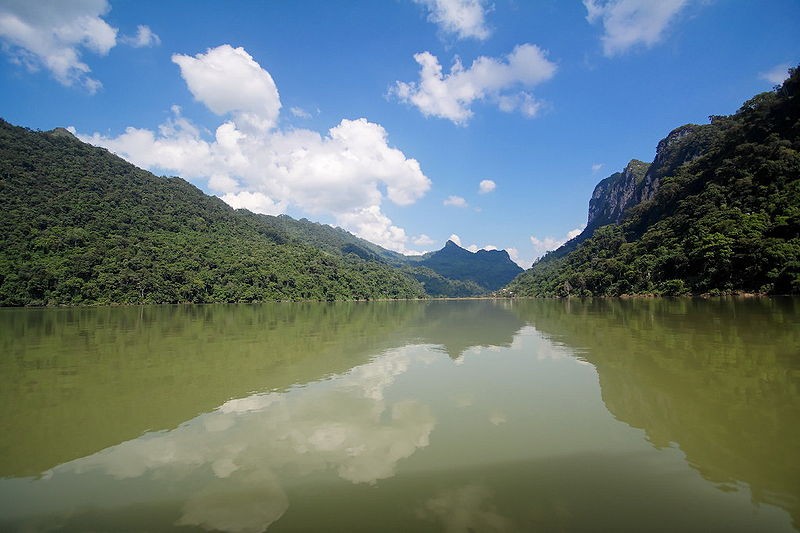
Three rivers, named Năng, Tả Han, and Nam Cường, are the main inflows of the lake. The Năng river enters the lake through a large waterfall called Đầu Đẳng. In the lake there are also three islands, named Án Mã, Khẩu Cúm, and Po Gia Mải (literally "Widow's
Ba Bể Lake is a featured geographical science and is a biodiversity reservoir. It is a part of the Ba Be National Park. The lake, the result of an earthquake, is the only freshwater lake to have formed on limestone terrain in the world, keeping it from drying out.
According to an Institute of Geo-sciences and Mineral Resources survey, an earthquake caused the collapse of the subterranean
The Ramsar Convention (A Convention on Wetlands of International Importance) is an international treaty for the conservation and sustainable development of wetlands.
Ba Be is Vietnam’s largest natural lake and is now the centrepiece of an extensive National Park. The park and the surrounding area is limestone country, so lakes, waterfalls, caves and unusual rock formations abound. The whole area is richly forested and home to many ethnic minority communities.
Ba Be can only be reached by road - the 250km journey takes between six and eight hours. The road gets rough along the latter part, but the excellent scenery compensates.
An interesting stop en-route is Thai Nguyen, a centre of heavy industry based on steel manufacturing, and the unlikely home of the Museum of Nationalities of Vietnam. It provides an informative overview of the country’s many ethnic minorities, particularly useful for visitors that haven't already visited Hanoi's excellent Ethnology Museum
Further north is Cao Bang province, a remote area on the border with China. Cao Bang is sparsely populated. It has very few large settlements but several ethnic groups in villages hardly affected by tourism.
The limestone ‘karst’ scenery is attractive, unspoilt and fich in bio-diversity. Few visitors venture further north than Ba Be, so Cao Bang vies with the remote northwest as one of the best places to see truly authentic ethnic minority lifestyles
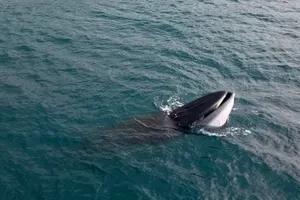

)


